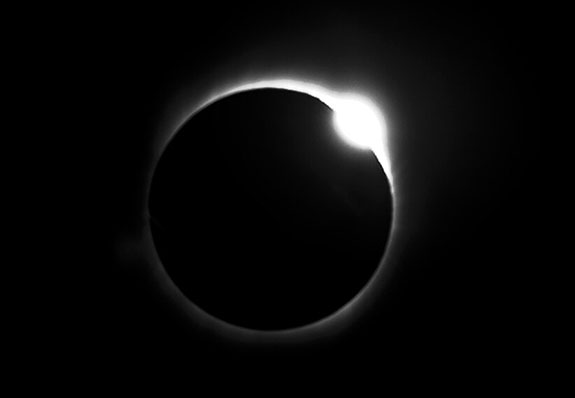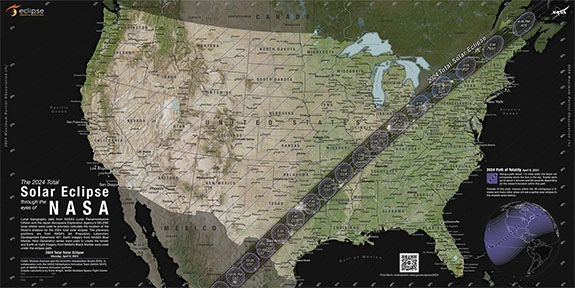Welcome to Music Friday when we bring you classic songs with jewelry, gemstones or precious metals in the title or lyrics. Today’s featured track is “For Your Love” by the British-invasion band The Yardbirds. The 1965 hit, which features key “diamond” references, was the group’s biggest commercial success, but also triggered the departure of future superstar Eric Clapton.
The song is essentially a love treatise, with lead singer Keith Relf ticking off all the things he would give “for your love.” In addition to offering the moon, the sun and the stars, Relf starts off with a jewelry-related proposal…
Relf sings, “I’d give you everything and more and that’s for sure / I’d bring you diamond rings and things right to your door / To thrill you with delight / I’d give you diamonds bright/ There’ll be things that will excite / Make you dream of me at night.”
Even though the song rose to #6 on the US Billboard Top 100 chart and scored #1 spots in both the UK and Canada, “For Your Love” became a dealbreaker for the 20-year-old Clapton.
The lead guitarist left the band eight days after the song’s release because he believed it signaled that The Yardbirds were abandoning their blues roots and becoming too commercial. Music historians claim he was also disgruntled having to duplicate the song’s unusual harpsichord intro on his 12-string electric guitar when playing live.
On The Yardbirds official site, guitarist Chris Dreja said “For Your Love” was responsible for bringing the group international fame. He also said that the “weirdness” of the song’s time-signature change in the middle became a template for future hits.
“‘For Your Love’ was an interesting song,” Yardbirds drummer Jim McCarty told songfacts.com. “It had an interesting chord sequence, very moody, very powerful. And the fact that it stopped in the middle and went into a different time signature, we liked that, that was interesting. Quite different, really, from all the bluesy stuff that we’d been playing up till then. But somehow we liked it. It was original and different.”
Ironically, The Yardbirds’ signature song and biggest hit wasn’t originally intended for the group. Apparently, songwriter Graham Gouldman wrote it for his own group, the Mockingbirds, but their demo was rejected by Columbia Records. The song was also turned down by the producers of Herman’s Hermits and the Animals before landing with The Yardbirds.
Musician Dave Liebman, who was hired to write the introduction to “For Your Love,” revealed years later that the use of the harpsichord was a total accident. Upon arriving at the recording studio, he realized that the organ he intended to use was nowhere in site. He had to settle for a harpsichord and history was made — the first rock song featuring a harpsichord.
The Yardbirds were inducted into the Rock and Roll Hall of Fame in 1992 and are included in Rolling Stone magazine’s list of the “100 Greatest Artists of All Time.”
Please check out the video at the end of this post. It’s a rare 1965 clip of The Yardbirds performing “For Your Love” on Shindig!, a U.S. musical variety show. The lyrics are below if you’d like to sing along...
“For Your Love”
Written by Graham Gouldman. Performed by The Yardbirds.
For your love.
For your love.
For your love.
I’d give you everything and more, and that’s for sure.
For your love.
I’d give you diamond rings and things right to your door.
For your love.
To thrill you with delight,
I’ll give you diamonds bright.
There’ll be things that will excite,
Make me dream of you at night.
For your love.
For your love.
For your love.
For your love, for your love,
Well, I would give the stars above.
For your love, for your love,
Well, I would give you all I could.
For your love.
For your love.
For your love.
I’d give the moon if it were mine to give.
For your love.
I’d give the sun and stars ‘fore I live.
For your love.
To thrill you with delight,
I’ll give you diamonds bright.
There’ll be things that will excite,
To make you dream of me at night.
For your love.
For your love.
For your love.
For your love.
Credit: Photo by Epic, Public domain, via Wikimedia Commons.




